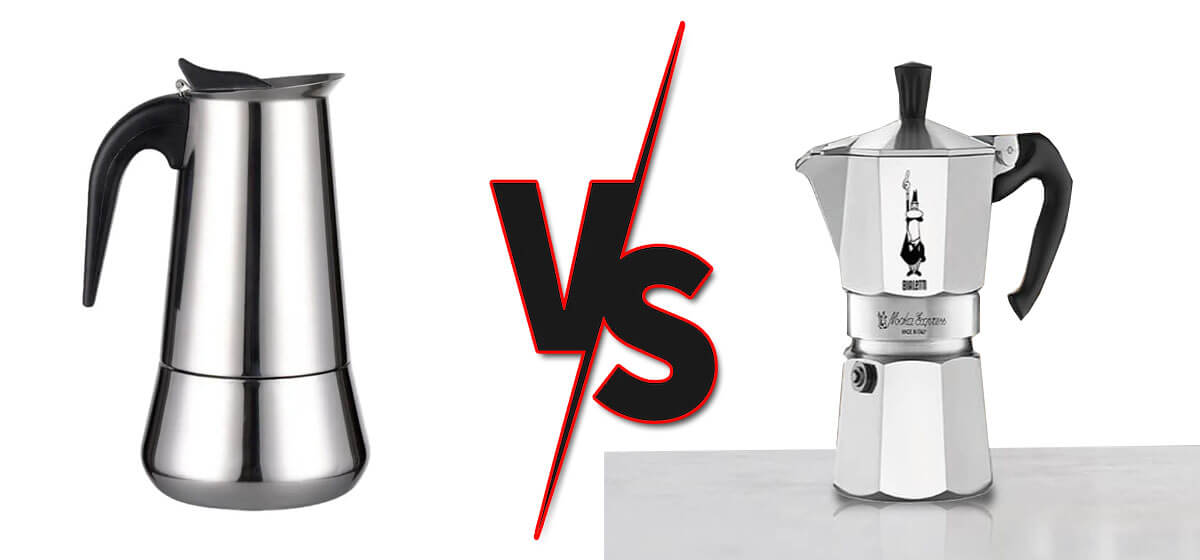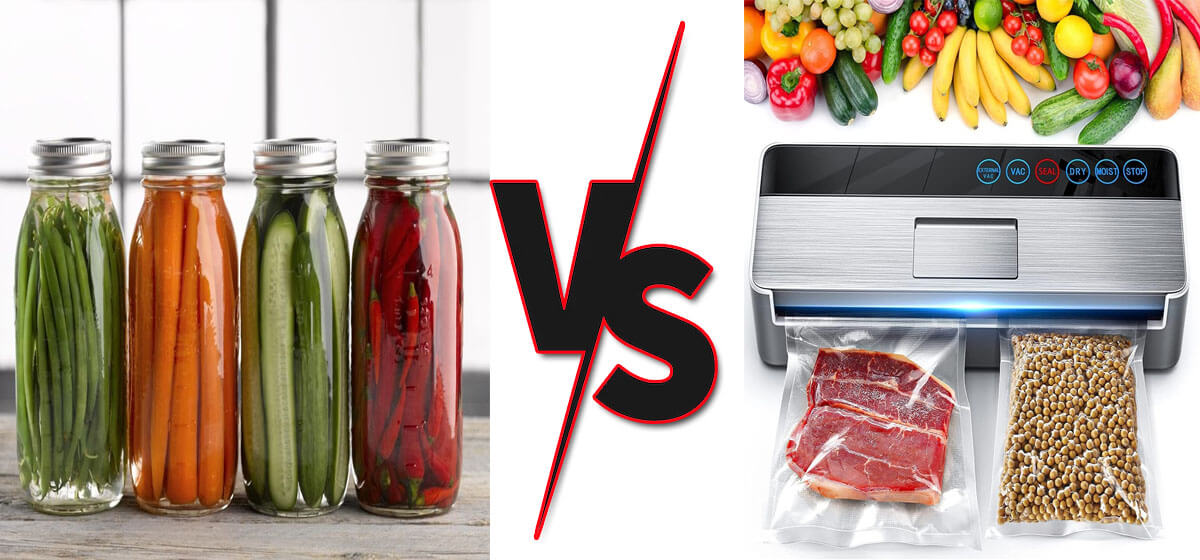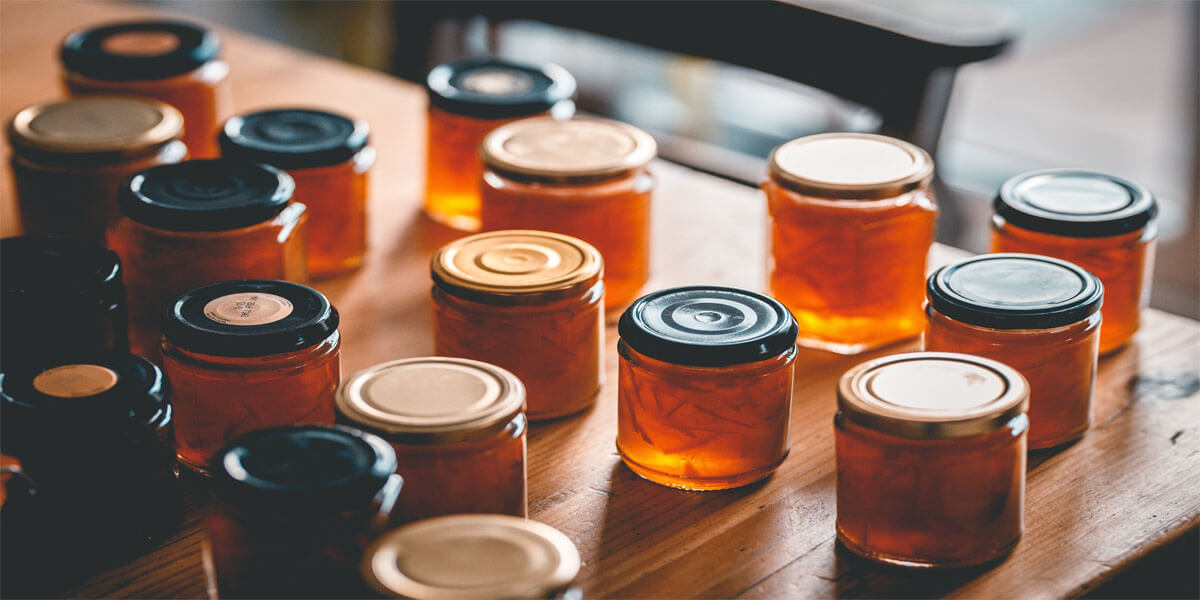How much does a canning line cost
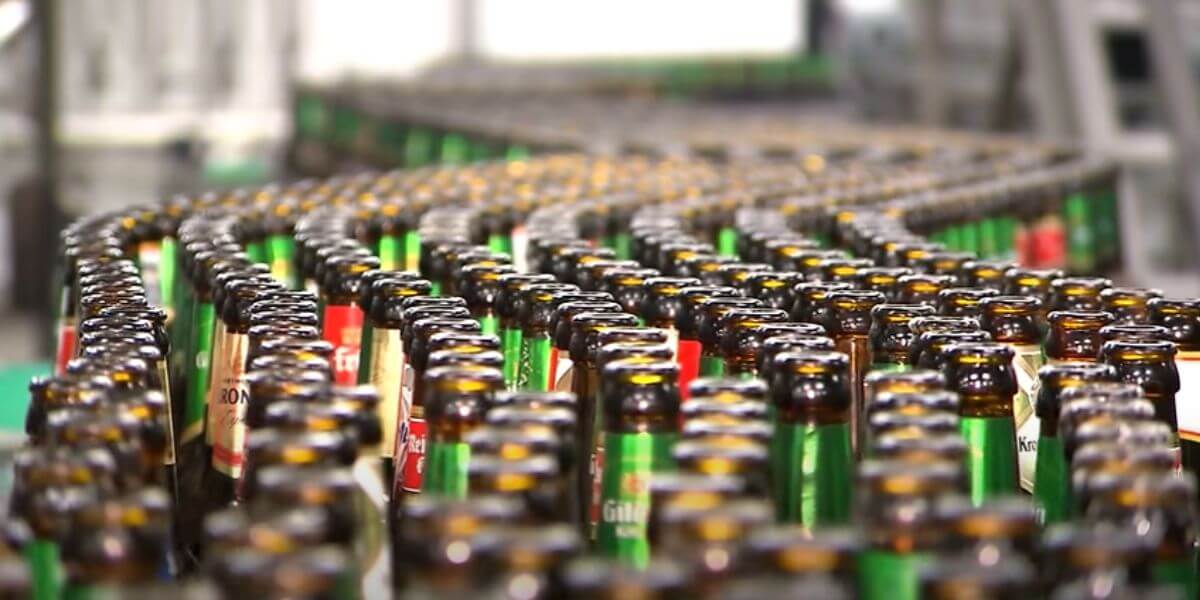
As an Amazon Associate I earn from qualifying purchases.
Preserving food has existed since ancient times, and a new wave of appreciation for this age-old tradition comes with the recent resurgence of home canning. But if you’re considering purchasing a canning line for your business or personal use, you may wonder how much it will cost – and what factors should be considered before making any decisions.
In this blog post, we’ll examine the variety of alternatives available, go over the cost distinctions between manual and automatic systems, and lay out some useful cost-cutting strategies that could ultimately help you save money. So if you’re ready to find out how much a canning line really costs – read on!
Overview of the cost of a canning line
The cost of a canning line largely depends on the type and size of the equipment you choose – manual or automated, tabletop or floor-mounted, etc. For example, a tabletop canning line with a manual filler will typically range between $15,000 and $60,000 depending on features such as a number of nozzles/fillers. An automated system of the same type could range between $60,000 and $120,000. Floor-mounted models can cost more than double this amount due to their size and complexity.
It’s crucial to account for additional expenses related to setting up your equipment, such as those for power and water connections, installation fees, staff training programs, on-going maintenance, and repairs. When determining how much money to put into a canning line, all of these expenses should be taken into account.
Benefits of investing in a canning line
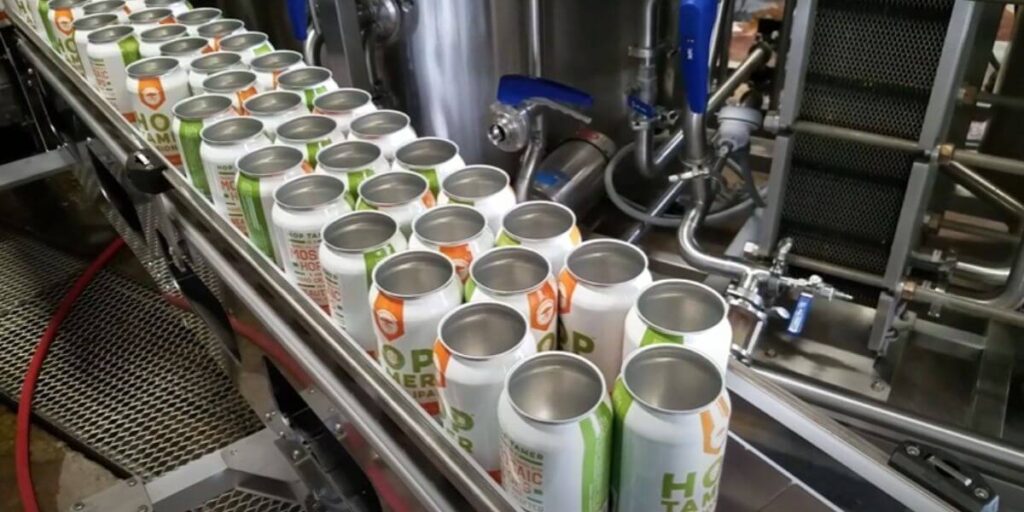
A canning line is an investment in the future of your company since it makes it easier and more affordable to preserve food. The advantages of using a canning line include:
You may provide your consumers high-quality, secure canned items that are made more affordably and effectively by investing in a canning line.
Read More: Why do jars float when canning
Factors to consider before buying a canning line
Before making any decisions on the type or size of canning line to invest in, there are a few things worth considering. Consider the sorts and sizes of the cans you’ll be making first, as this will help you choose the equipment that will work best for you. If you’re only planning on producing small batches of canned products, then a tabletop manual system may be more suitable than a larger and more expensive automated floor-mounted line.
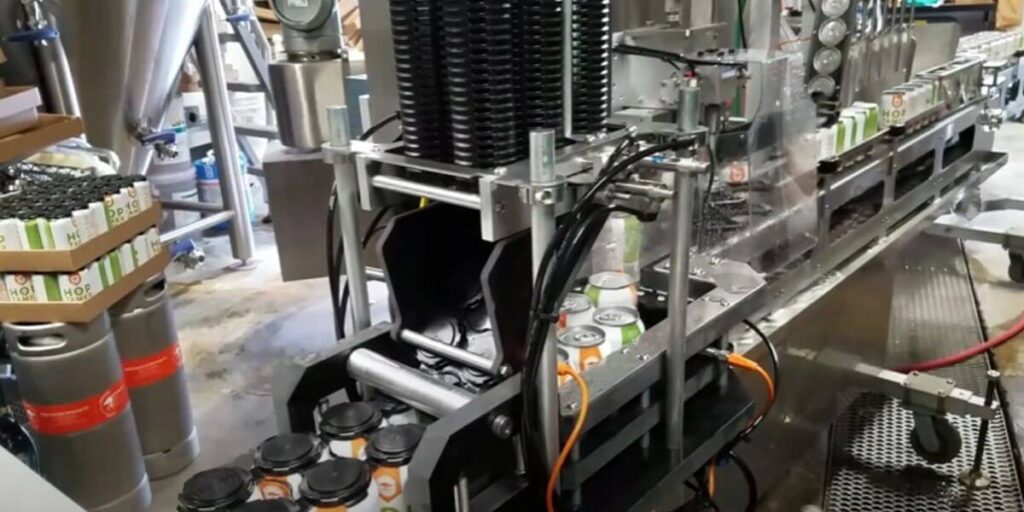
It’s also important to consider the capacity of your production line – as this will affect not only the cost of the equipment but also how quickly you can produce cans. If you’re running a large operation, then investing in an automated system with multiple fillers could help reduce labor costs and increase productivity levels.
Last but not least, don’t forget to include in the extra expenses related to establishing and running your canning line. This could include installation fees, water/power connections, training courses for staff, and ongoing maintenance and repairs – all of which should be factored into your overall budget before making any decisions.
Variable costs associated with operating a canning line
Operating a canning line involves several costs that should be taken into account. These include consumables, such as lids and labels; packaging materials; electricity or gas for running the system; water and wastewater disposal fees; staff salaries & wages; potential waste disposal fees, if applicable; and any maintenance costs associated with repairs or servicing. It’s crucial to keep in mind that these expenses can change depending on the size of your business, so it’s worthwhile to do some research in advance.
Other expenses, such as those related to health and safety laws, insurance payments, or supplementary training programs for personnel, could also be connected to running a canning line. Before making a canning line investment, all of these costs should be considered, but they should also be compared against the possible cost savings and enhanced productivity that such an investment could offer.
Types of cans and lids available for canning lines
Depending on the kind of product you’re manufacturing, numerous can types and sizes are available for canning operations. Popular options include tin cans in various shapes and sizes, plastic containers such as jars or bottles, or retortable pouches which can withstand high-temperature sterilization processes.
These cans’ lids come in a variety of colors, sizes, and materials, with metal lids being the most popular. However, other options, such as plastic or composite lids, can also be used depending on the type of closure required (such as press-on, twist-off, or peelable).
The type and size of the product you’re producing, as well as any potential cost savings that may result from adopting more cost-effective solutions, should be taken into account when choosing cans and lids for your canning line.

As can be seen, there are numerous factors to consider when looking into how much a canning line actually costs – from the type and size of equipment required, additional setup fees, ongoing costs associated with the operation, and various types of cans and lids. You may locate the ideal alternative that meets your needs and your budget by completing your homework and weighing all of your options. With the right investment in a quality canning line, your business should reap the cost-saving benefits for years.
Also Raed: How to use tea kettle
Maintenance tips to ensure your canning line runs efficiently
Investing in a canning line is just the first step – it’s also important to ensure that it is properly cared for and maintained so that it continues running efficiently. Here are some tips on how to keep your canning line in top shape:
By following these simple tips, you should be able to keep your canning line running smoothly for many years.
Your canning line will continue to operate smoothly if you take the time to maintain and care for it properly, enabling you to create high-quality canned items at a lower cost. With an investment in a good quality canning line, you’ll surely get value for money in the long term.
Conclusion
In conclusion, there are several variables that affect the price of a canning line. From 2020’s innovative technologies to the size of your business, there are many elements to consider. Above all else, though, it is essential to purchase a system that reflects your needs and values as best as possible. Therefore, take the time to investigate your options and discover what suits you the most.
After all, an efficient canning line could be a driving force for your business’ success. Investing resources in a strong foundation will ensure that you are equipped with everything needed to stay competitive in an increasingly complex market—allowing for growth with minimal costs and hassles down the road.
In light of this, be sure to investigate all of your alternatives and learn more about what works best for you. With proper care and research, anyone can succeed in making cans or bottles of their own products in-house or through an external source.
Amazon and the Amazon logo are trademarks of Amazon.com, Inc, or its affiliates.


